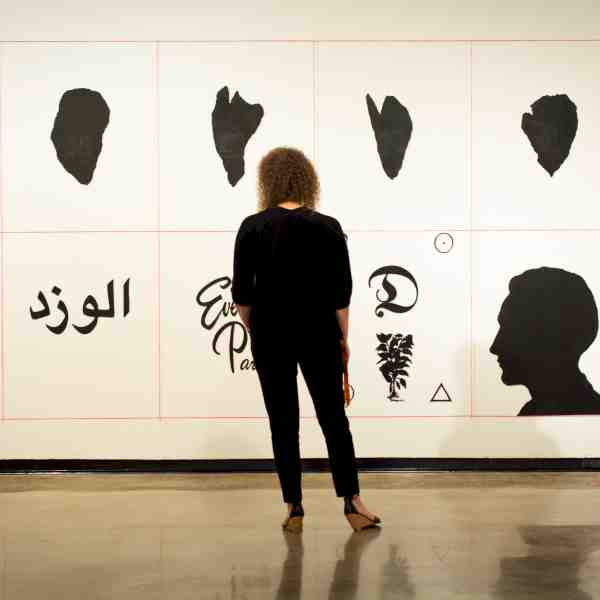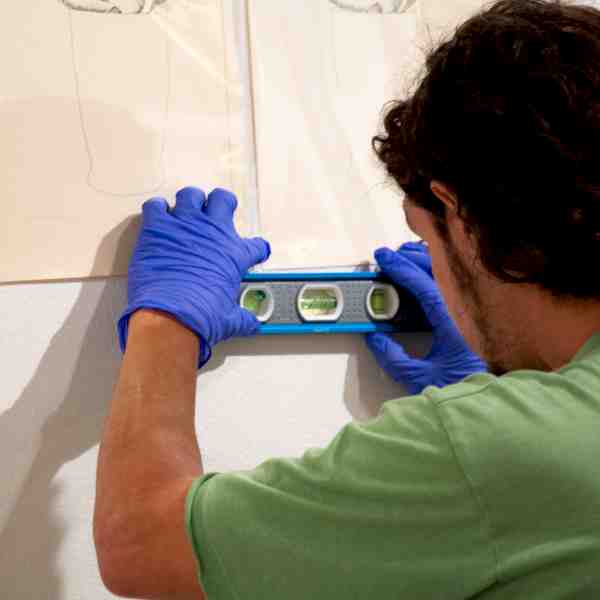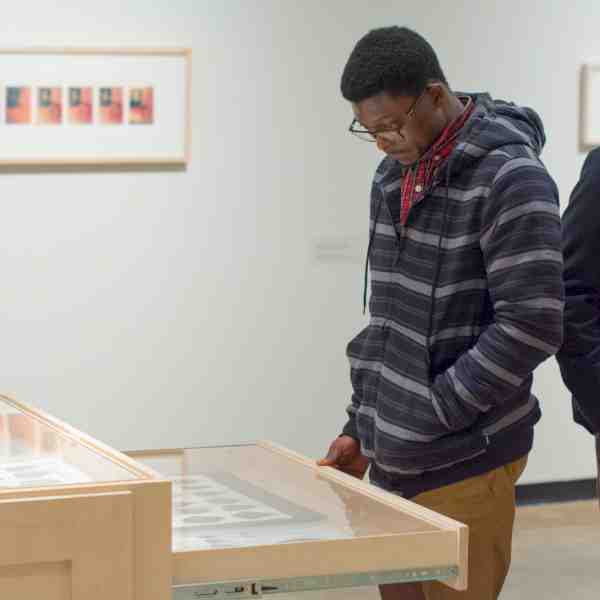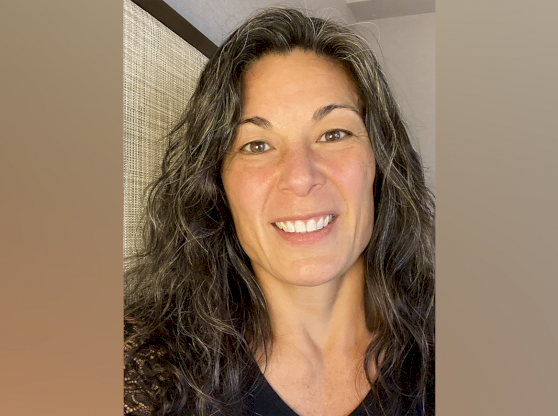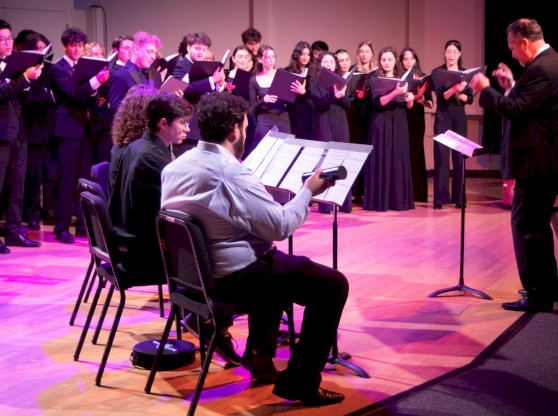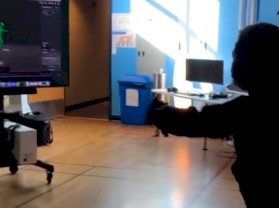What’s in a rose? The University Gallery’s latest exhibition may have some answers for you.
Accumulate, Classify, Preserve, Display: Roberto Obregón Archive from the Carolina and Fernando Eseverri Collection features over three hundred works from the late Venezuelan artist in what marks his first solo exhibition at an arts institution in the United States. Curated by University Gallery Program Director Jesús Fuenmayor, this exhibition pays homage to Obregón’s research and production process through its namesake title.
Fuenmayor collaborated with School of Art + Art History Professor Kaira M. Cabañas, who served as faculty co-curator, and María Paula Varela, an art history doctoral candidate who worked as curatorial assistant to the exhibition.
Curated by School of Art + Art History faculty Jesús Fuenmayor and Kaira M. Cabañas with assistance from art history doctoral candidate María Paula Varela, this exhibition pays homage to Obregón’s research and production process through its namesake title.
“Accumulate, Classify, Preserve, Display were the archival strategies the artist used when conceiving his work, demonstrating how he was a pioneer for research driven artistic practice,” Fuenmayor said.
These strategies were also the driving force in designing how Obregón’s work could best be displayed, resulting in a transformation of the gallery to look and feel less like a traditional museum space and more like an immersive museum storage space.
“Instead of a standard exhibition with all the works hanging on the walls, every visitor will have the opportunity to create their own narrative of the artist’s ideas and intentions as they go through the 350 works displayed in the twelve specially designed and fabricated cabinets, making meaningful every single visit to the show,” Fuenmayor said.
The custom-made display cabinets act similarly to workbench stations, providing a sense of organization to the extensivity of works varying in type and relation to a limited set of real roses, eighteen of which are part of the exhibition, according to Fuenmayor.
“As curators we didn’t want to exclude any of the pieces in the archive that are related to these sets of roses, and we included all of them, following the artistic logic of creating a system where everything has a value,” Fuenmayor said.
The Harn Museum of Art is also showcasing a portion of this exhibition as another opportunity for the Gainesville art community to experience more of Obregón’s works. In 2020, it will be traveling to other institutions, like the Frost Museum at Florida International University in Miami where it will be the first UF University Gallery exhibition to travel to a top-five art museum in Miami.
"We are so thrilled to be the first venue for this thoughtful and engaging exhibit of Roberto Obregón's work," said Lynn Tomaszewski, director of the School of Art + Art History. "We are grateful to Carolina and Fernando Eseverri for entrusting their collection to us and for Jesús, Kaira and graduate student María Paula Verela for presenting the work so sensitively. This exhibit, together with the public lectures and gallery talks, embody the University Galleries' vision that the galleries serve as a platform for relevant and experimental art research that brings people together around art and ideas."
So, what’s in a rose? You have until February 14, 2020, to find out.
Accumulate, Classify, Preserve, Display: Roberto Obregón Archive from the Carolina and Fernando Eseverri Collection, curated by Jesús Fuenmayor and Kaira M. Cabañas, is Roberto Obregón’s first solo exhibition at an arts institution in the United States. This late Venezuelan artist is a key figure of global conceptualism. The exhibition features over three hundred works from the artist’s extensive archive that is now part of the Eseverri’s collection in Caracas. Included are multiple drawings, paintings, sketches, collages, photographs, manipulated photocopies and other objects.
Visit the event website to see public programming.
The exhibition was generously sponsored by the Carolina and Fernando Eseverri Collection in Caracas, including the specially produced cabinets; shipping and transportation, insurance, graphic design and illustrated exhibition catalogue, which currently under production.

